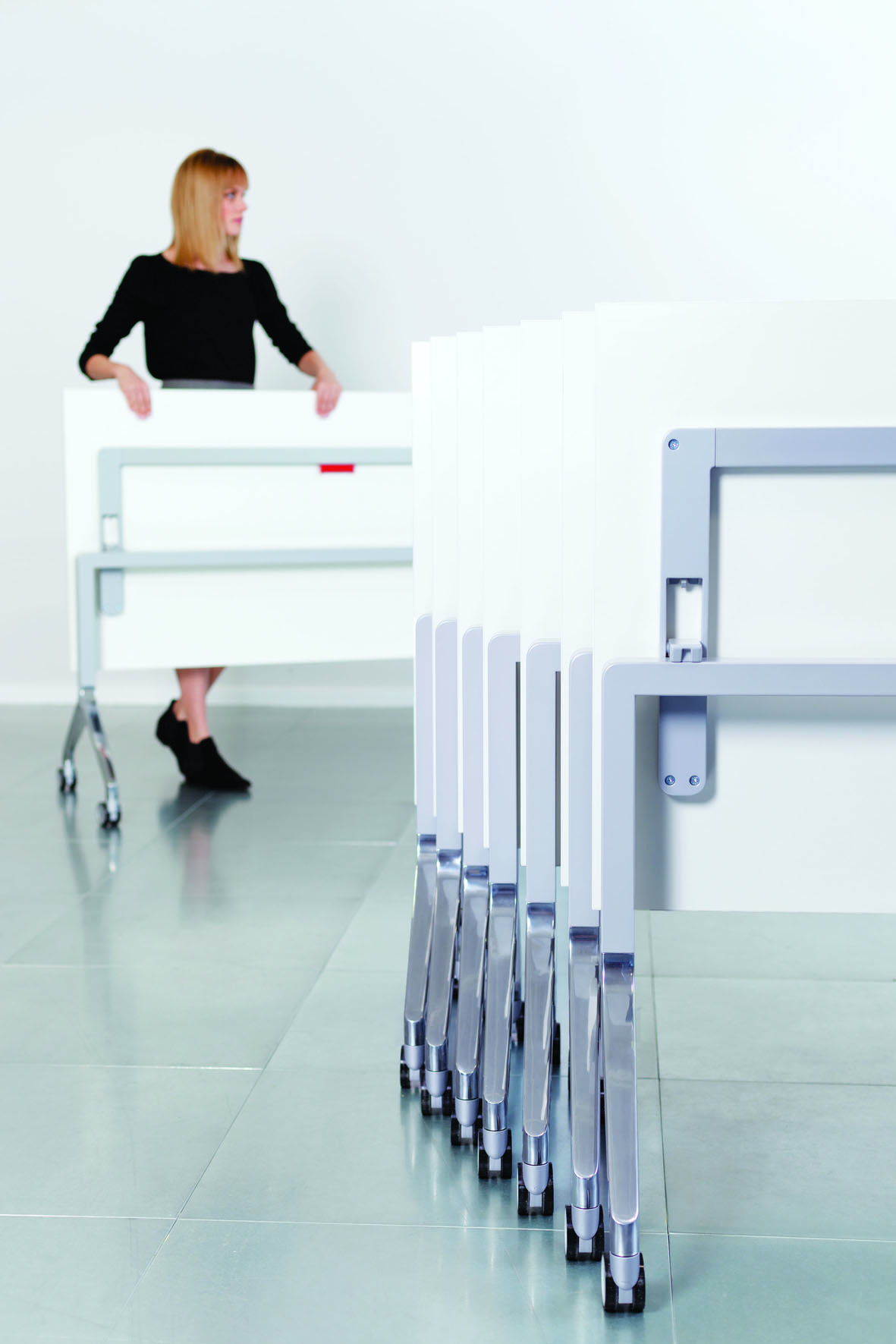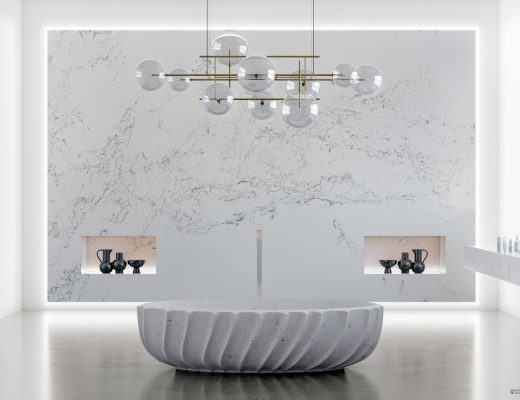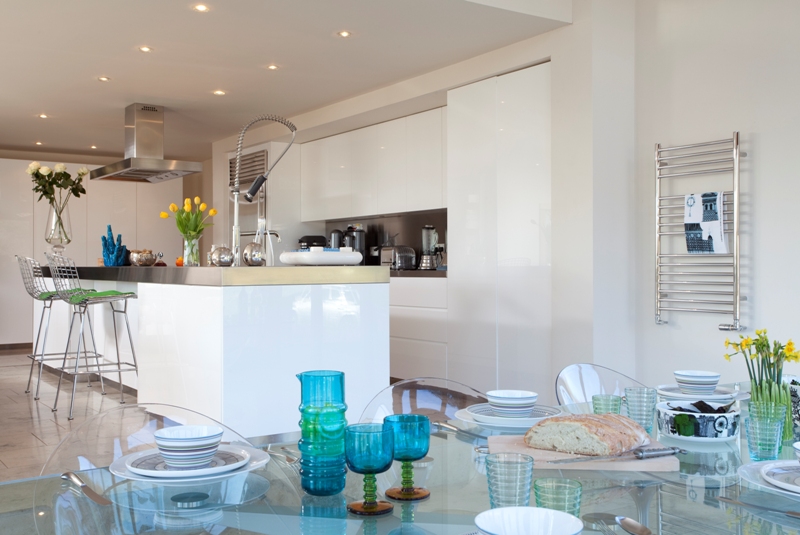Attention-Deficit/Hyperactivity Disorder (ADHD) affects how individuals process information, regulate their attention and manage impulses. The environment plays a crucial role in supporting or hindering the efforts of ADHD individuals. To cater to that, “ADHD-friendly design” is an emerging field that considers these unique needs and helps by creating spaces and systems that promote focus, reduce overwhelm, and gives a sense of calm.
ADHD Assist LTD 17A Wilton Road Salisbury, Wiltshire SP2 7ED Phone: 07985 070 700 | 01730 637 437 email: fizza@adhd-assist.org website: www.adhd-assist.org

Key Principles of ADHD-Friendly Design
The core idea of ADHD-friendly design is to minimize the distractions and maximize the clarity. The goal is to provide an adaptable and organized space where individuals feel a sense of belonging and inclusivity. This leads us to several practical principles of ADHD friendly design:
- Sensory Management: Individuals with ADHD often experience sensory input intensely. In a sense, either they get hypersensitive, getting overwhelmed by stimuli or they become hyposensitive, as if someone who has reduced or low sensitivity to sensory input and may seek out more stimulation. ADHD inclusive design addresses these both situations by controlling the visual clutter and managing noise levels in the surroundings. The use of thoughtful adjustable lighting and paying a special attention to how things feel to touch.
- Organization Systems: Core challenges for individuals with ADHD is staying organized and keeping track of tasks.Their brains often struggle with prioritizing what to do next or remembering where things were last placed. That’s why organization in design isn’t just about neatness rather it’s about creating systems that are intuitive, visible, and easy to maintain. It also emphasizes using storage solutions that are both visible and accessible. For example, if we provide open shelves, clear containers, or labeled drawers, there is very less chance to forget anything important just because it’s hidden away.
- Productivity Enhancement: For ADHD individuals, focus and time management can often be tough. Designing for productivity with ADHD in mind means intentionally shaping the environment to work with the brain, not against it, including reducing distractions as much as possible. It is whether through calming colors, simplified layouts or separating spaces meant for deep focus. But it’s not just about eliminating distractions; it’s also about giving the person a sense of flexibility and control over how and where they work.

Personal Spaces: Cultivating Calm and Order at Home
For ADHD individuals, the home environment can be a source of significant stress if it is not intentionally designed. A well-organised and calm home directly supports better habits and reduces the cognitive load of everyday tasks helping prevent the “out of sight, out of mind” phenomenon.
When designing your personal space, consider:
- Decluttering Ruthlessly: Less stuff means less visual noise and fewer decisions to make.
- Designated Homes for Everything: Every item should have a clear and easily accessible place.
- Visible Storage Solutions: Keep clear containers, open shelving for the items that won’t create visual clutter, and labelled drawers can make it easier to find and return items.
- Zoning Your Space: Create distinct areas for different activities like a calm workspace, a relaxing living area and a dedicated spot for hobbies.
- Controlling Sensory Input: Use dimmable lights, soft furnishings to absorb sound and consider noise-cancelling headphones for moments of deep focus.
While it’s important to focus on what works, it’s equally important to call out the types of design that can unintentionally make things harder for neurodivergent individuals.

Not all modern designs are friendly to the ADHD brain. In fact, many can be deeply overstimulating or restrictive. A prime example is the popular use of compact work pods in co-working spaces or offices. On the surface, they seem like a good idea as they offer privacy, structure, and separation. But in reality, they often magnify the very challenges they claim to solve.
These pods can be sensory minefields:
- You hear every movement and noise from the person next to you like chairs scraping, typing, breathing, even chewing.
- The air can feel stuffy or carry the scent of someone’s lunch, which might seem small, but becomes hugely distracting.
- The lighting is often harsh and artificial, offering little room for visual comfort.
And perhaps most importantly, they create a false sense of productivity by isolating the user in a space that is neither calming nor adaptable.
Public Spaces and Workplaces: Designing for All Minds
The benefits of ADHD-friendly design extend far beyond the limits of home. If we apply these principles in public spaces and workplaces, we can create more inclusive, productive and comfortable environments for a diverse range of individuals.
- For Autistic Individuals: Many ADHD-friendly design elements directly benefit autistic individuals who may also experience sensory sensitivities or prefer predictable, structured environments. One’s comfort can significantly improve if provided with clear spatial organisation, reduced sensory overload, and consistent visual cues.
- For Neurotypical Individuals: A less cluttered, more organized, and calmer environment benefits everyone. Reduced distractions and improved wayfinding can enhance concentration, reduce stress, and boost overall well-being and productivity. This is the essence of universal design.

In workplaces and public areas, this leads to:
- Acoustic Management: Incorporating sound-absorbing materials, designated quiet zones, and thoughtful use of white noise systems to manage auditory input.
- Clear Wayfinding and Signage: Intuitive layouts, clear pathways, and consistent signage reduce cognitive load and help prevent disorientation.
- Varied Work Zones: Offering a range of work environments ranging from quiet focus areas to collaborative spaces and standing desks that allows individuals to choose what best suits their needs and task at hand.
- Controlled Visual Stimuli: Minimizing unnecessary visual clutter, using calming colour palettes, and avoiding overly stimulating patterns.
- Flexible Lighting: Dimmable lights and access to natural light sources, where possible, to cater to individual preferences and sensitivities.
As a consultant specialising in neurodivergent-friendly design, I can help inform better design strategies for your public spaces and workplaces. By collaborating, we can create environments that foster inclusivity, enhance productivity, and support the well-being of all users. Please contact me directly to discuss your specific needs and how I can assist you.







